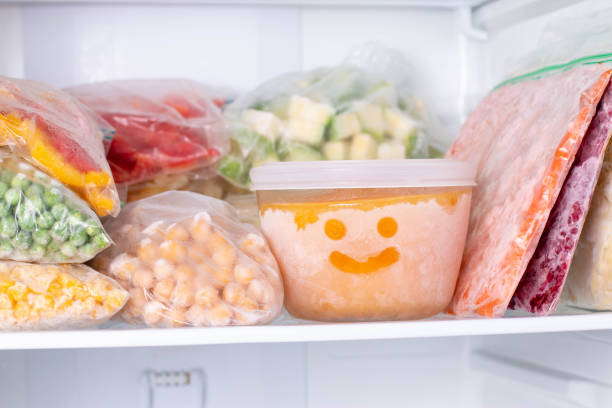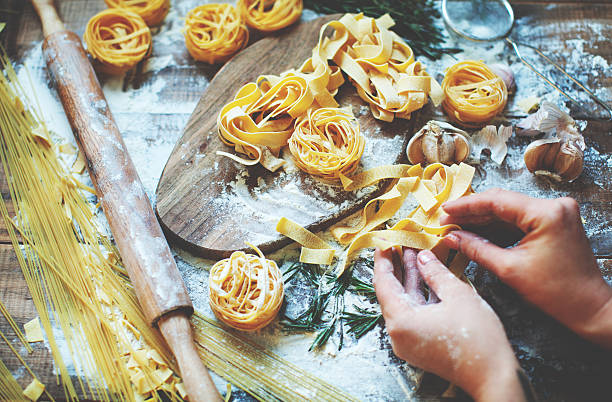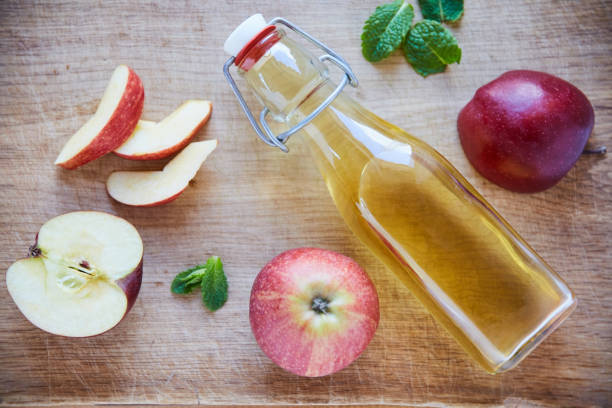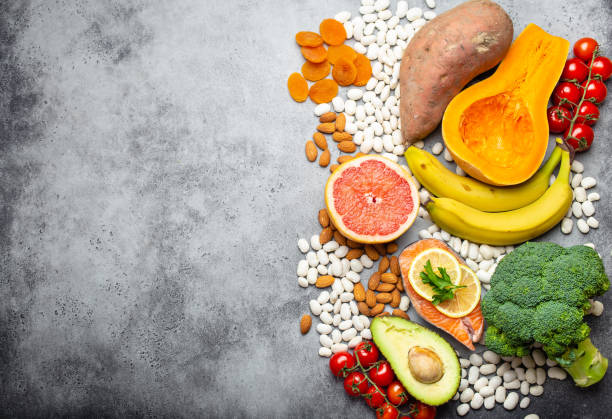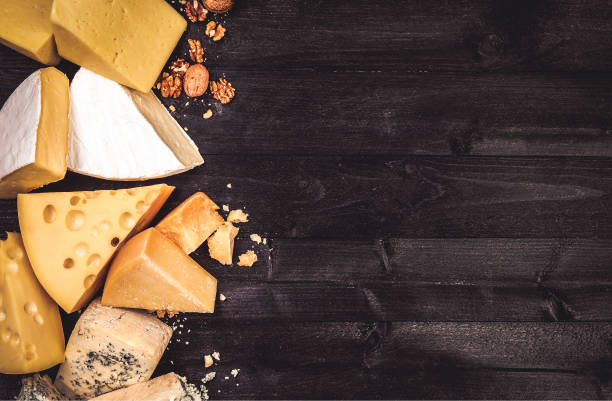Not only fresh and high-quality food must be prepared properly, but also the tea. This is the only way to get the best taste. In general, making tea is much easier than cooking food. Still, it makes sense to consider things like water temperature, the exact amount of tea and water, and brewing time.
However, the only way to find the perfect recipe is to try it out. The tips and instructions on the Internet can point you in the right direction. Later, brewing the tea becomes a habit, and things like temperature and co. are automatically complied with. The following article explains which other tips can help when making tea and what you need to pay attention to.
1) General rules on the topic of making tea
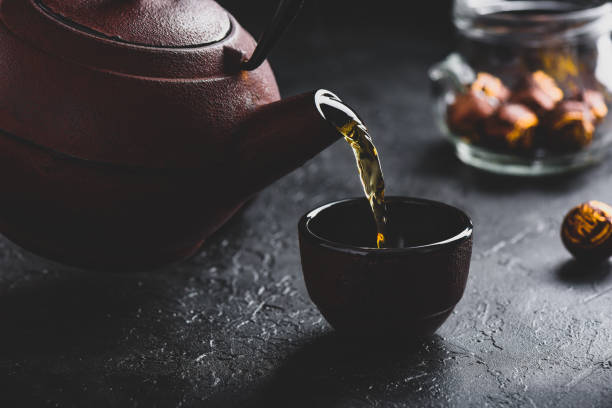
Overall, there are a few rules and guidelines that should always be followed. What these are is explained below:
- The more tea leaves used, the stronger the taste.
- The longer the tea is steeped, the more intense the taste.
- The fresher the tea is, the higher the quality and taste.
- The hotter the tea water, the shorter the brewing time.
- Each different type of tea requires a different temperature.
- Smaller teapots are better suited for infusing the tea.
2) Store tea properly
For a good and tasty tea, you need to be careful when storing it. Proper storage plays a crucial role. After all, the leaves must not lose their freshness. Therefore, the tea should not be kept in the following places:
- exposure to light
- exposure to moisture
- exposure to foreign odors
All of these factors have a direct impact on the taste of the tea. Much better are dark places where it is dry and cool. In the best case, the tea is kept in sealed cans. For example, glass jars or jars with a viewing window are not suitable for storage. This also applies to plastic and paper bags. They are only suitable for transporting the tea from the supermarket to your own four walls. Under no circumstances should the same tin be used for different types of tea. That changes the taste. It is advisable to use up the tea completely within 2 months in order to preserve as much taste as possible.
3) Cups and pots for tea
Tea is enjoyed not only in Germany but also in other countries around the world. The preparation of the tea plays an important role in health and bliss, regardless of culture. For this reason, the right crockery can increase the enjoyment of tea. On the one hand, they help to prepare the tea ideally, and on the other hand, the shape and the material of the dishes create an extraordinary atmosphere. The taste cannot be changed, but the experience can.
4) Water when making tea
The quality of any tea depends much more on the water used than on the actual tea. Water accounts for about 80 percent of flavor, which is confused by many. The freshness of the water is crucial when preparing tea. The water contains oxygen, which contributes to the taste experience. Tap water or water that has been standing for a long time is not suitable. Furthermore, the water should not be overboiled. With each boil, the water loses oxygen and a bland taste develops.
5) water temperature
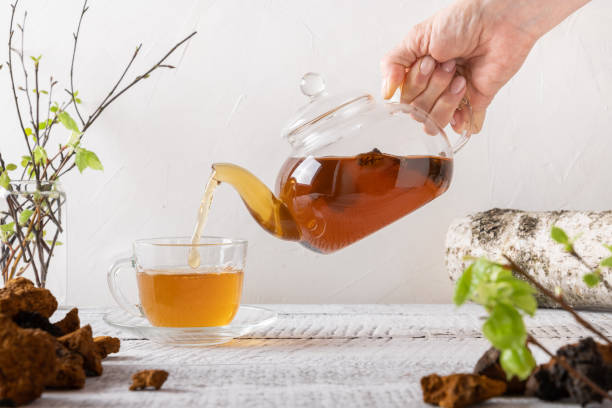
As already mentioned above, in addition to the quality of the water, the temperature plays a not unimportant role. Some types of tea taste better when provided with the right water temperature. A classic misconception: the tea always has to be infused with sparkling hot water. However, the flavor can evaporate faster this way. The ideal amount of water in a kettle is about 1 to 1.5 liters.
6) steeping time
The last point deals with the brewing time of the tea. The more leaves there are in the tea, the shorter the brewing time. This also applies to hot water and broken tea leaves. For even more taste, it is advisable to add milk and sugar. However, this is more a matter of taste. The motto here is: the proof of the pudding is in the eating.






